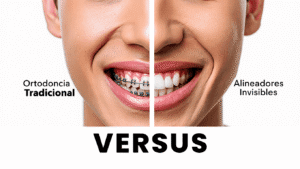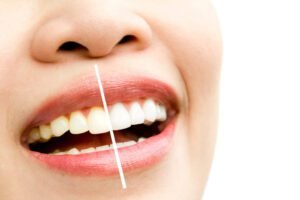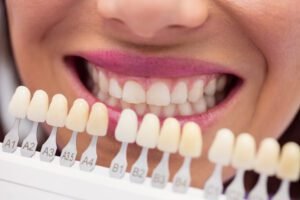Wisdom teeth (or “third molars”) are those last teeth that try to erupt at the end of adolescence. When they have space and come in straight, they can function like any other molar. The problem is that today our jaw is smaller than that of our ancestors, and in nearly one out of three young people, wisdom teeth don’t find enough room; they end up crooked, partially covered by gum, or completely trapped in the bone. That’s when the questions begin:
“Should I get it out now or wait?”
“What if it hurts later?”
“They say they push other teeth… is that true?”
In this detailed guide, you’ll find simple answers, real consultation examples, and practical tips to help you decide calmly.
1. First understand why there are extra teeth
- Evolution and soft diet. Our great-grandparents chewed fibrous meat and hard bread; the jawbone was exercised and grew. Today we eat purées, pasta, and processed food… the arch is shorter, but the genetic “blueprint” still tries to fit 32 teeth.
- Late chronology. Wisdom teeth develop when the other teeth have already taken their permanent place. If there’s no room left, they become impacted.
- Impossible angles. Sometimes the root of the second molar acts as a “wall,” and the wisdom tooth tilts 40–60°, pressing against its neighbor.
Practical tip: In panoramic X-rays we use a very simple rule: if there is less than 2 mm between the back of the second molar and the mandibular ramus, the likelihood of the wisdom tooth erupting straight is minimal.
2. Situations where monitoring is enough
Most teenagers get their first “pano” between ages 15 and 17 during a school checkup or before orthodontics. If the tooth looks vertical, with enough space and no pathological signs, we apply active monitoring:
- X-ray every 12–18 months (sometimes a small film is enough, not always a panoramic).
- Clinical checkup: we make sure the gum is not inflamed, there are no pockets where food gets stuck, and the toothbrush can reach the area properly.
- Reinforced hygiene: short-head toothbrush, dental floss, and, if the patient has braces, a low-pressure water flosser.
Remember: Monitoring does not mean forgetting. Most problems with wisdom teeth start when the X-ray is “skipped” for several years in a row.
3. Red flags that change the answer from “wait” to “take it out now”
Red light 🚦
| 🟡 Alert | 🟢 Why it’s urgent to act | 🔴 Consequence of not acting |
|---|---|---|
| Pain and swelling at the back of the mouth | Could be pericoronitis (infection of the gum flap). | Chronic pain, fever, facial cellulitis. |
| Distal cavity in the second molar | The tilted wisdom tooth creates a gap the toothbrush can’t clean. | You end up losing two molars! |
| Dentigerous cyst on the X-ray | The follicle enlarges like a balloon and destroys bone. | Fracture, loss of both teeth, and need for grafts. |
| Persistent pressure/tightness in incisors | The wisdom tooth’s push destabilizes the arch. | Crowding that ruins orthodontics. |
In my practice I often see a pattern: patients who “endured” each pericoronitis flare-up with painkillers and, by age 25, already need double surgery: third and second molar. Moral: when the alarm sounds for the first time, the surgical window is much less traumatic.
4. Age does matter (but it’s not the only factor)
- 17–23 years → best period: short roots, spongy bone, and nerve farther away.
- 24–29 years → still favorable, but curved roots are already more common and the surgery takes longer.
- 30–35 years → denser bone and reduced blood supply; higher risk of dry socket.
- 35+ years → extraction only if there is pain, a cyst, or damage to the neighboring tooth; if everything is fine, we just monitor.
Real tip: I’ve extracted wisdom teeth in patients over 55 without issues, but the inflammation lasts almost twice as long and they need more days off work. Whenever possible, plan ahead.
5. What is the surgery like in simple words?
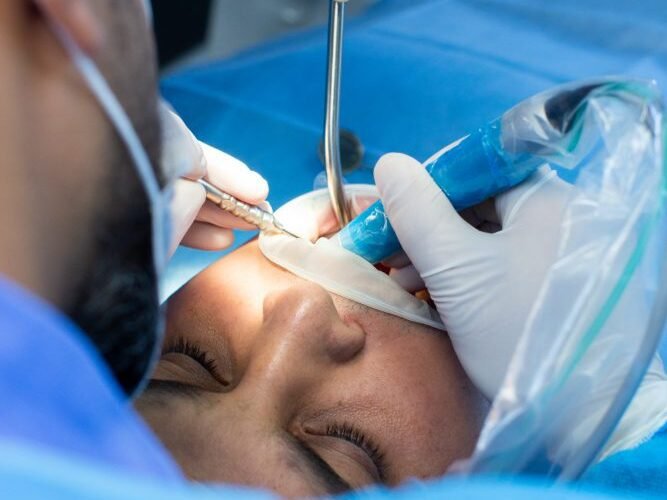
- Local anesthesia. A 10-second pinch, then everything goes numb.
- Small cut in the gum and, if the tooth is covered, a “window” of bone is removed.
- Odontosection. Crown and root are separated to remove smaller pieces and protect the bone.
- Cleaning and stitches. The area is rinsed, and 1–2 stitches are placed that fall out on their own in a week.
Total time: between 15 and 45 minutes. If you get anxious, you can ask for conscious sedation; it will feel like the appointment only lasts three minutes.
6. Postoperative care with no fine print
| Days | What you’ll feel | What to do |
|---|---|---|
| 0-1 | Numbness → mild pain | Ice 15 min/hour, prescribed painkiller, no strong rinses. |
| 2-3 | Face swollen “hamster style” | Switch to soft warm foods (purée, pasta). Twelve sips of water per hour to clean. |
| 4-6 | Discomfort when opening mouth | Gentle opening exercises 3×/day, keep brushing carefully. |
| 7 | Stitches removed (or fall out) | Gradually return to your usual diet; avoid nuts for another 48 hours. |
| 8-14 | Slight pain when yawning | Final checkup; if everything is fine, discharge. |
What NOT to do: smoke, sip through a straw, touch the wound with your finger, or run marathons during the first week.
7. Myths you should forget
- “They push all the teeth” → Only if they come in at an angle and press; many erupt without shifting anything.
- “Taking them out always hurts a lot” → With anesthesia and good technique, the pain is similar to a regular extraction.
- “Better to remove all four at once” → True if all are problematic and you want a single recovery; false if the upper ones are healthy.
- “If they don’t bother me, they never will” → If only it were that way. Cavities on the second molar often appear without pain until it’s too late.
8. Quick summary and next step
| Situation | Recommended action |
|---|---|
| Straight tooth + space + no symptoms | Keep monitoring every 12–18 months. |
| Pain, cavity, cyst, pressure | Plan extraction soon. |
| You’re 17–23 years old and see little space | Preventive extraction: simple surgery, better recovery. |
| Over 35 with no issues | Monitoring and excellent hygiene; operate only if a problem arises. |
Do you relate?
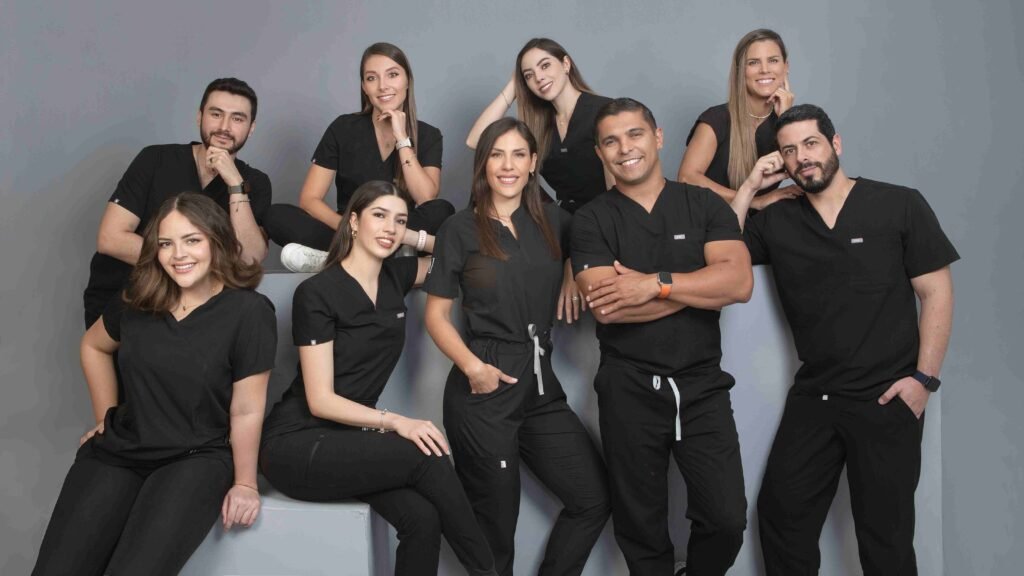
Best Choice
Call us, send us your X-ray, or stop by AM Dental Studio. Together we’ll evaluate whether it’s time to stop monitoring and take action: your second molar (and your comfort) will thank you.


